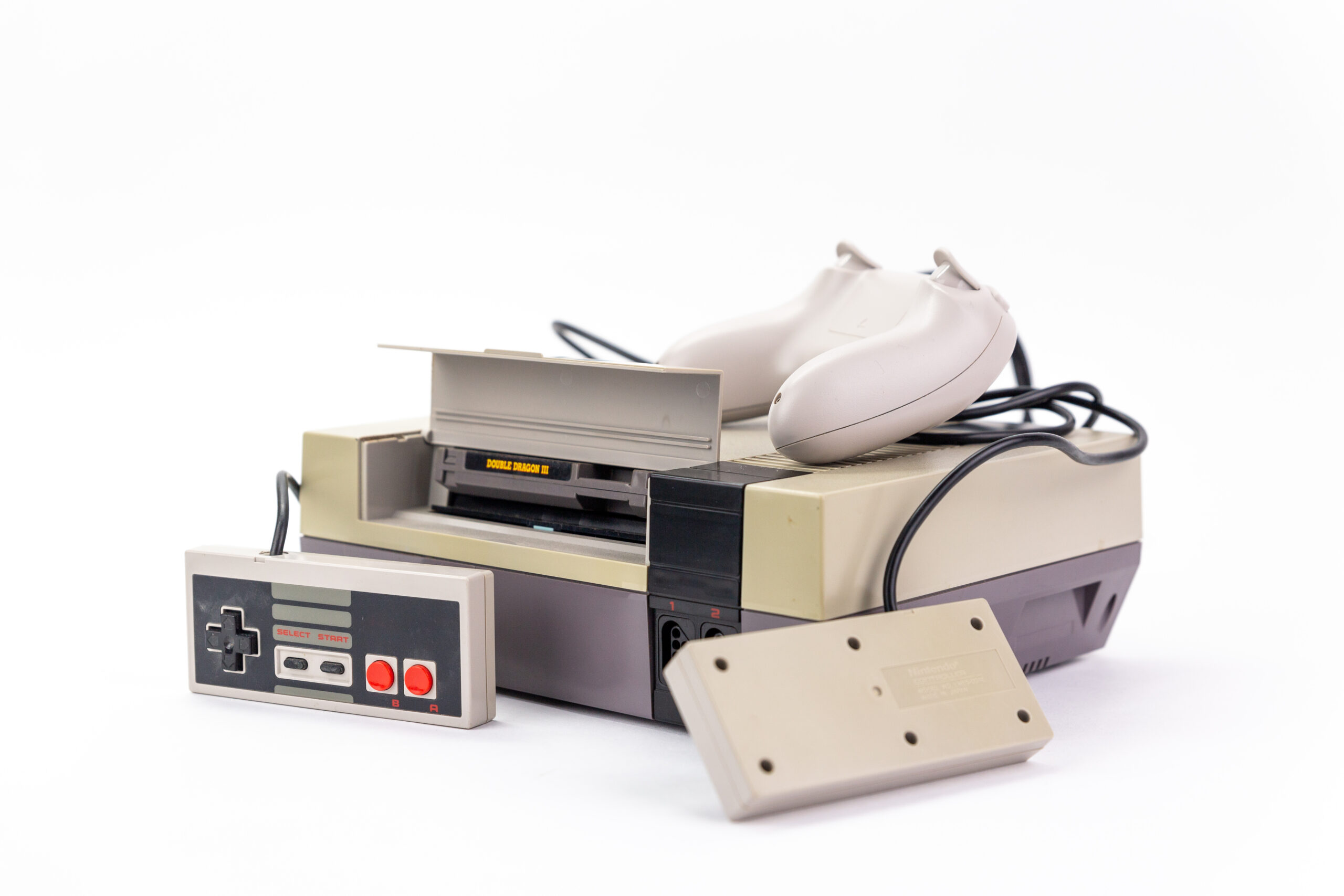Outcast Plastics: Plastic Recycling Challenges for Small Waste Streams
The global issue of plastic waste has been making headlines for years, and yet, there is a subset of this problem that is not often discussed, a player that casts a long shadow: outcast plastics. These are not your everyday plastics. Instead, they represent a unique category of waste, posing distinct challenges in disposal and recycling.
The Journey from Waste to Value

An example of outcast plastics. Source: Better Future Factory.
Outcast plastics differ from standard waste that populates our household trash bins due to their distinct characteristics. These unique features shape the challenges we face in handling these materials. Let’s delve deeper into these distinctive features defining outcast plastics:
1. Alternative Disposal Routes
Outcast plastics don’t fit into the regular waste channels that we typically use for household items, due to components such as embedded electronics.
2. Commercial Origins
Frequently outcast plastics originate from commercial sources and, as a result, usually appear in smaller quantities, typically less than 20 tons. This relatively small volume can make it economically challenging to establish a viable recycling contract.
3. Contaminants
The presence of other materials, like stickers or metals, can decrease the overall recycling potential of outcast plastics.
4. Technical Plastics
As outcast plastics often fall under ‘technical plastics’, they don’t align with common types like Polyethylene Terephthalate (PET), Polypropylene (PP), or Polyethylene (PE), which can complicate their processing and recycling.
Every Outcast Plastic has a Story
We are not merely focused on providing tangible solutions; we believe in the captivating story hidden in the journey in the lifecycle of outcast plastics. The journey of these plastics, from their creation to their recycling tells a consumer-resonating story.
The narrative of outcast plastics intertwines with the concepts of ‘afterlife’ and ‘identity salience’. ‘Afterlife’ refers to the potential future uses of an item once its original purpose is fulfilled, while ‘identity salience’ on the other hand, is the emotional connection consumers form with a product due to its previous use or history. By breathing new life into these stories and bringing them to the fore, we bring significance to objects that would otherwise be discarded. This approach not only enhances the consumer’s experience but also promotes a more sustainable mindset.
The Path of Outcast Plastics at Better Future Factory
Our approach to managing outcast plastics involves a comprehensive strategy aimed at increasing the quantity of these plastics being recycled. At Better Future Factory, we follow this principle:
1. Repurposing
At the heart of our approach is the goal of repurposing the plastic waste back into a product that the originating company can use. This circular solution transforms a waste problem into a resource opportunity. Likewise, we have for instance pioneered a closed-loop system for our HEMA project, that transforms their old makeup trays into 2,000 new, speckled-effect shop displays, now adding a touch of sustainability to every HEMA store in Europe.
2. Dedicated Recycling Streams
A dedicated recycling stream refers to the establishment of a customised process tailored for a specific product. This process is designed to segregate different materials from each other, a step that is indispensable for the effective recycling of outcast plastics. For example, during our ASN project, we executed a meticulous disassembly of ASN digipass readers, ensuring the plastic components were individually collected for recycling to avoid cross-contamination.
3. Partnerships with Sheltered Workshops
One unique model we employ involves partnering with sheltered workshops. These collaborations add a layer of social responsibility to our operations and enhance the effectiveness of our recycling efforts.
4. Recycling Network
When repurposing isn’t feasible, we have a backup plan, we rely on our network to channel these plastics into recycling streams.

Giving a new life to outcast plastic, ASN project by Better Future Factory.
Crafting the Future: Guiding Principles for Continuous Improvement
Our commitment to tackling the issue of outcast plastics extends beyond the recycling process. Our mission isn’t just about dealing with outcast plastics today, it’s about designing a better tomorrow:
Product Redesign: We offer strategic advice to companies and assist them in redesigning their products to minimise or even eliminate the use of outcast plastics.
Process Improvement: We’re always on the lookout for ways to improve current waste streams and processes, thereby amplifying responsibly managed plastic amounts, reducing environmental harm, and championing a circular economy.
Summing Up
We would like to invite you on an intriguing journey into the world of outcast plastics. These misfit materials may not conform to typical waste standards, but through careful planning and an all-encompassing approach, we’re morphing this problem into an opportunity. By leveraging dedicated recycling streams, strategic partnerships, product repurposing, and persistent process enhancement, we aim to reshape the narrative of this underappreciated facet of the plastic waste problem.
And, next time you come across a piece of plastic, remember: every piece has a story, and it’s our job to give it a fitting afterlife. Join us in this journey, and let’s create a more sustainable world together!
